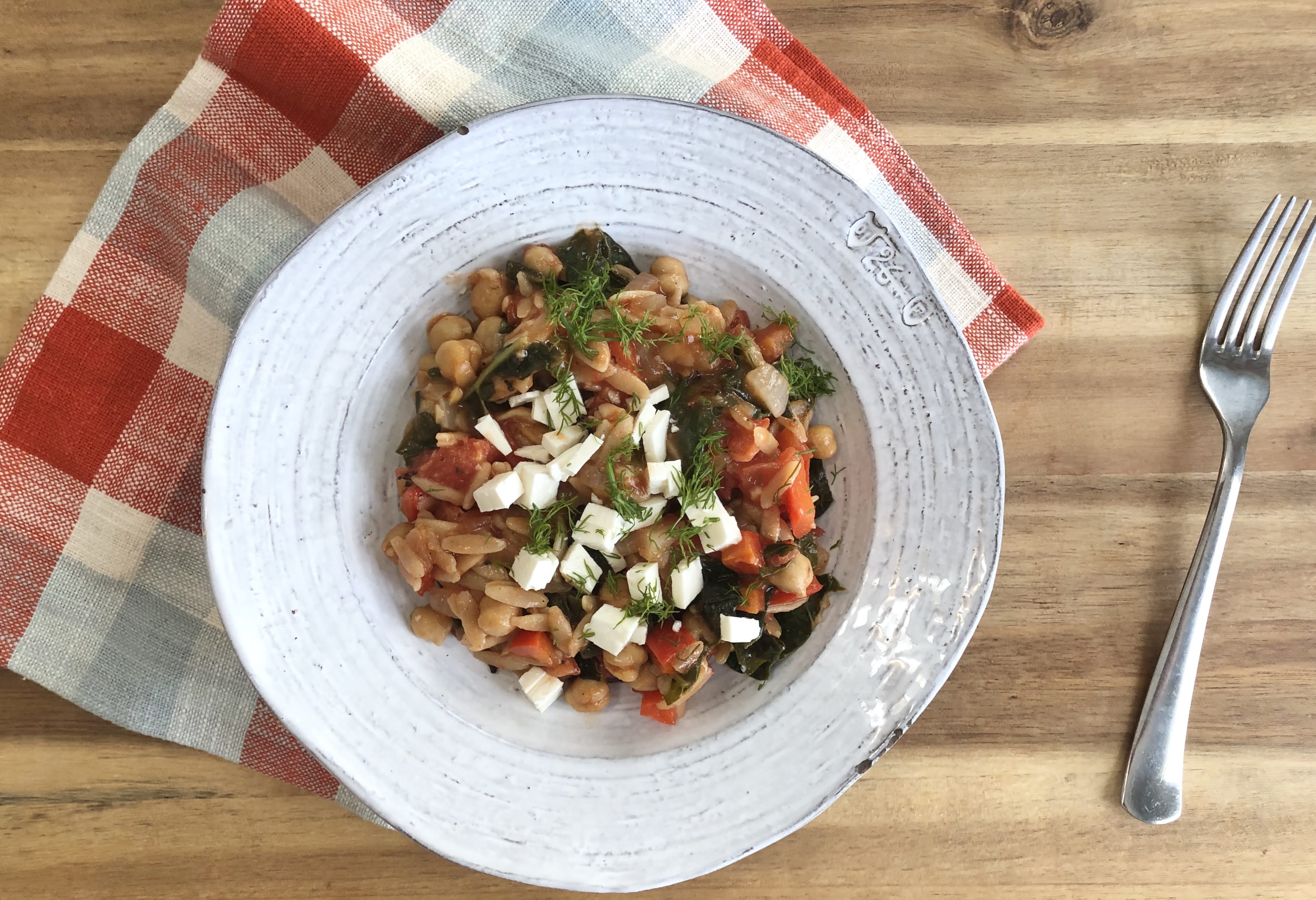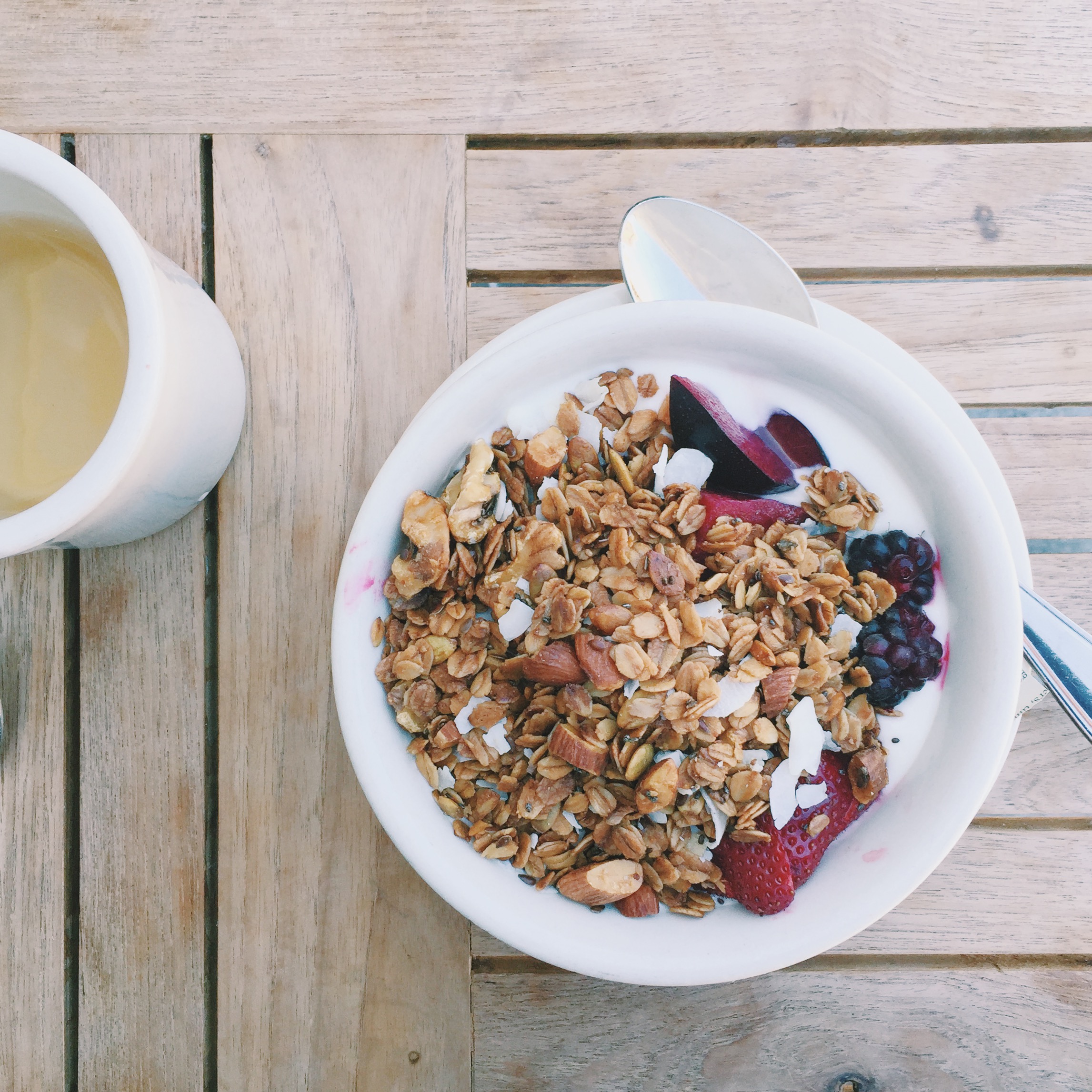Share This
In celebration for International Whole Grain Day on November 19, we’re joining the Whole Grain Initiative in sharing whole grain tips and tricks all month long. Follow along on @wholegrains_council and @eatwholegrains!
Tip #1: Learn how to spot whole grains at the store.
Searching for whole grains? Of course, the Whole Grain Stamp is an easy way to tell how much whole grain you are getting per labeled serving size! When you’re shopping, keep an eye out for the Stamp and for breakfast cereals made with whole grain, whole grain breads, oats, whole grain pasta, brown rice, and popcorn. Remember, terms like “multigrain,” “stoneground”, “100% wheat”, and “seven-grain” do not indicate a 100% whole grain product. In fact, these products may not contain any whole grain. Quick Tip: Did you know oats are almost never refined? If you see oats listed as the first ingredient of a product, you can be confident you’re getting a food with significant amounts of whole grain.
Recipe: Homemade Granola
Granola is a great way to get your whole grains anytime of the day — during breakfast, as a snack, or even as a healthy dessert. Once you’ve purchased your whole grain oats, granola couldn’t be easier to make at home.
Tip #2: Seek affordable whole grain foods to save money now, and later!
When shopping for rice, pasta, and specialty breads (like pita or English muffins), you’ll find that more and more brands are pricing whole grain foods at or near the same cost of refined versions. These food categories are a great place to start if you’re looking to get the biggest nutritional bang for your buck, without driving up your grocery costs. Research has found that a plant based diet with more servings of fruit, vegetables, and whole grains could save $746.46 per person per year compared to a 7-day meal plan for an economical version of the USDA MyPlate guidelines. Choosing to eat more whole grains also helps your wallet when it comes to long term health care costs. Researchers in 2019 found that the cardio metabolic healthcare costs attributable to diet were $301 per person annually (or $50.4 billion at a national scale). Low intake of whole grains alone was associated with an average $45 cost per person (or about $7.5 billion nationally). So don’t let perceived cost discourage you!
Recipe: Burrito Bowls with Chicken
This is a great example of how to adjust whole grain recipes to fit any budget. The recipe calls for quinoa, and would also taste amazing with brown rice, or even bulgur or wheat berries instead. Bowls are all about personalization, after all!
Tip #3: Start small.
There is no need to overhaul your diet overnight – every little bite counts. Work in a serving of whole grains at breakfast by eating a ½ cup of dry oats or other whole grain cereal. Or let your toast do the work for you — one slice of whole grain bread is one serving of whole grain. For dinner, try brown rice instead of white rice, or if you’re feeling adventurous, experiment with quinoa, farro or wheat berries. Pasta night doesn’t have to change, just try whole wheat pasta instead of refined pasta! Whole wheat pasta stands up better to sauces, and is shown to keep you fuller longer.
Recipe: One Pot Mediterranean Orzo
Keep things simple with this one pot wonder! As the weather turns colder, quick, filling and warming meals like this make it a staple in our dinner rotation. Orzo is a great whole grain pasta option, and its shape and size makes it perfect for soups and stews.
What are your favorite ways to eat more whole grains? Share below! (Abby)





Add a Comment